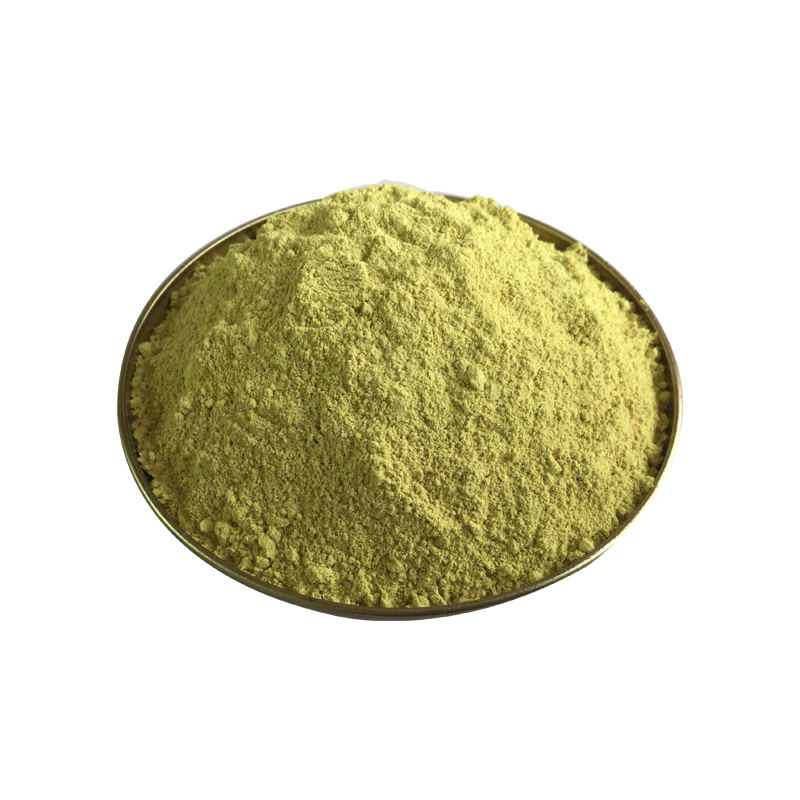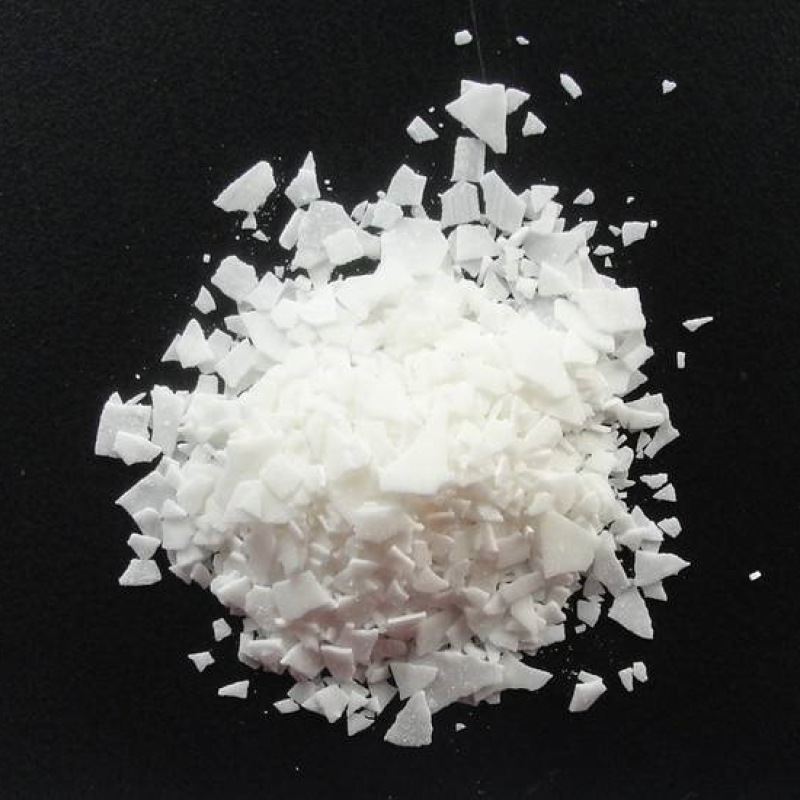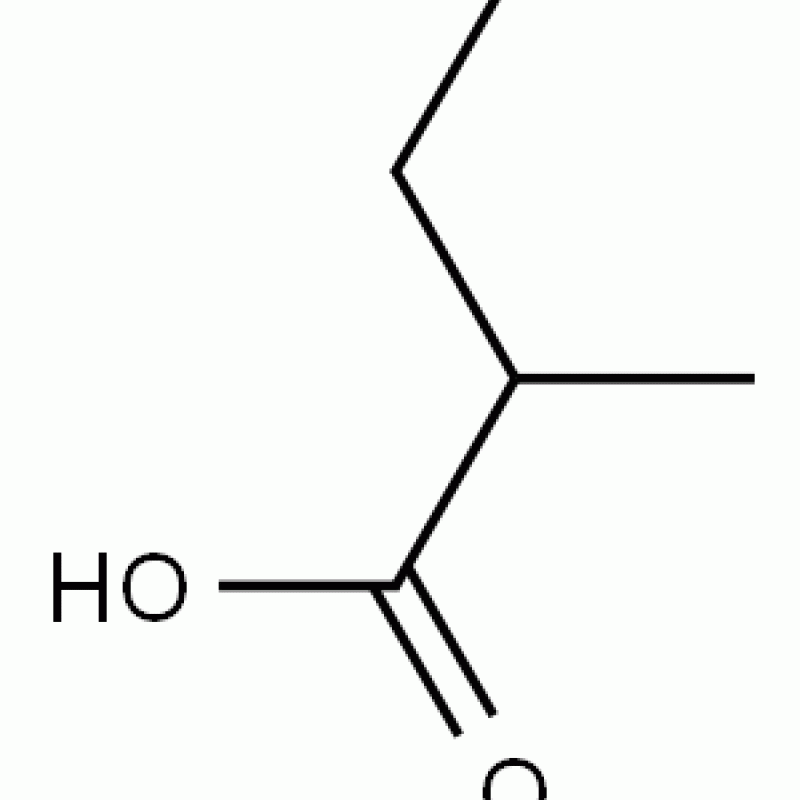Products Description of Tetradecyldimethylbenzylammonium chloride CAS#139-08-2Benzyldimethyltetramethylammonium chloride is a quaternary ammonium salt used for eye care or treatment of eye diseases. It is an ion association reagent for extraction photometric analysis and a sensitizer for metal photometric determination. It can be dissolved in water and ethanol in any proportion, and can be used with cationic, nonionic surfactants or dyes at the same time. It should not be used with anionic surfactants or additives.
Contact Now
Acrylonitrile CAS#107-13-1 Acrylonitrile is a colourless, flammable liquid. Its vapours might also explode when uncovered to an open flame. Acrylonitrile does now not take place naturally. It is produced in very giant quantities through numerous chemical industries in the United States, and its requirement and demand are growing in latest years. Acrylonitrile is a closely produced, unsaturated nitrile.
Contact Now
Butylated Hydroxytoluene CAS#128-37-0Butylated hydroxytoluene is a synthetic phenolic compound mainly used as an antioxidant and preservative in the food industry.
Contact Now
Products Description of Imidazole CAS#288-32-4Imidazole, with the molecular formula C3H4N2, is an organic compound and a type of diazoles. It is a five-membered aromatic heterocyclic compound containing two meta-nitrogen atoms in the molecular structure.
Contact Now
Products Description of Rutin CAS#153-18-4Rutin is a rutin glycoside of the flavonol compound quercetin. It is a flavonoid compound extracted from plants and exists in rue, bitter buckwheat, locust tree buds, catalpa leaves, tomato stems, leaves and seed shells.Dried buckwheat that is about to bloom contains about 3%. Jujube, hawthorn, ginkgo, wolfberry, motherwort, bupleurum, selfheal, aloe, Gynostemma pentaphyllum, etc. all contain rutin.
Contact Now
Products Description of LITHIUM METASILICATE CAS#10102-24-6Lithium silicate is a kind of water-soluble silicate. It is an odorless, tasteless transparent liquid. It is soluble in water and alkaline solutions, but insoluble in alcohols and organic solvents. Since the radius of lithium ions is much smaller than that of sodium and potassium ions, lithium silicate aqueous solution has some unique properties. It reacts chemically with acid like sodium water glass to form dioxide gel.
Contact Now
Products Description of Ammonium Alginate CAS#9005-34-9Ammonium alginate is a chemical substance with the molecular formula C6H7O6NH4. Alginic acid, also known as alginate or alginates, is an anionic polysaccharide widely distributed in the cell walls of brown algae, which forms a viscous jelly by combining with water. It is also a significant component of biofilms produced by the bacterium Pseudomonas aeruginosa, the main pathogen in cystic fibrosis, conferring its high resistance to antibiotics and killing by macrophages. Its color ranges from white to yellow-brown.
Contact Now
Products Description of Boron Trifluoride Diethyl Etherate CAS#109-63-7Boron trifluoride is an important Lewis acid catalyst in organic synthesis and plays an important role in organic reactions (such as polymerization, hydrocarbonization, alkylation, isomerization, etc.). It is inconvenient to use trifluoride when it is in gaseous state. In order to adapt to the activity requirements of different reactions, according to the characteristics of trifluoride, it is often combined with polar oxygen- or nitrogen-containing compounds to convert it into a complex with strong stability.
Contact Now
Products Description of Sulfolane 99.5% CAS#126-33-0Sulfolane solvent has high solubility for aromatics, good selectivity, good thermal stability, low vapor pressure, low toxicity and no corrosion to carbon steel.
Contact Now
Products Description of Setipiprant CAS#866460-33-5White powder.Setipiprant Chemical PropertiesBoiling point 690.4±55.0 °C(Predicted)density 1.37±0.1 g/cm3(Predicted)storage temp. Store at -20°Csolubility DMSO:48.67(Max Conc. mg/mL);120.94(Max Conc. mM)DMF:50.0(Max Conc. mg/mL);124.25(Max Conc. mM)DMF:PBS (pH 7.2) (1:1):0.5(Max Conc. mg/mL);1.24(Max Conc. mM)Ethanol:3.0(Max Conc. mg/mL);7.45(Max Conc. mM)form A solidpka4.24±0.10(Predicted)Factory and Equipment ShowFast delivery timeInventory 2-3 working days New production 7-10 working days
Contact Now
Products Description of 2,2,4-TrimethylpentaneCAS#540-84-1Isooctane is a colorless liquid with a high octane number and is therefore widely used as a gasoline additive.2,2,4-Trimethylpentane Chemical PropertiesMelting point -107 °CBoiling point 98-99 °C(lit.)density 0.692 g/mL at 25 °C(lit.)vapor density 3.9 (vs air)vapor pressure 41 mm Hg ( 21 °C)refractive index n20/D 1.391(lit.)Fp 18 °Fstorage temp. Store at +5°C to +30°C.solubility water: insolubleform Liquidpka>14 (Schwarzenbach et al., 1993)Specific Gravity0.692 (20
Contact Now
Products Description of 1,8-Naphthalic anhydride CAS#81-84-5It precipitates needle-shaped crystals in ethanol and rhombus-shaped crystals in acetic acid.
Contact Now
Products Description of Guanidine thiocyanate 99.5%CAS#593-84-0Guanidine thiocyanate can be used as a biochemical reagent and pharmaceutical intermediate.
Contact Now
Products Description of Sodium trimetaphosphate CAS#7785-84-4Sodium trimetaphosphate is an inorganic compound with the chemical formula Na3(PO3)3. It is a white crystalline powder, easily soluble in water, and is mainly used as a starch modifier.Sodium trimetaphosphate Chemical PropertiesMelting point 53℃ [MER06]density 2.49storage temp. Inert atmosphere,Room Temperaturesolubility Water (Slightly)form Powdercolor WhiteSpecific Gravity2.49Water Solubility Soluble in water.
Contact Now
Products Description of 1,3-Dioxan-2-one homopolymer CAS#31852-84-3Polylactic acid is also known as polyhydroxypropionic acid or polylactide. It is a biodegradable polymer material formed by the polycondensation of lactic acid monomers. It is soluble in solvents such as chloroform, acetone, dioxane, dimethylformamide, benzene, toluene, and insoluble in saturated alkanes such as petroleum ether. It has good biocompatibility and blood compatibility, good anticoagulant properties in vitro, can be degraded by the human body, and excreted from the body as carbon dioxide and water.
Contact Now
Products Description of 2-CHLORO-3-METHYLPYRAZINE CAS#95-58-92-CHLORO-3-METHYLPYRAZINE is a chemical. CAS No.is 95-58-9.Molecular Formula is C5H5ClN2.2-CHLORO-3-METHYLPYRAZINE Chemical PropertiesBoiling point 80 °C(Press: 27 Torr)density 1.234g/mlstorage temp. under inert gas (nitrogen or Argon) at 2-8°Cpka-0.31±0.10(Predicted)form Liquidcolor ColorlessLogP1.058 (est)CAS DataBase Reference95-58-9(CAS DataBase Reference)EPA Substance Registry SystemPyrazine, 2-chloro-3-methyl- (95-58-9)Safety InformationHazard Codes XnRisk Statements 22-37/38-41Safet
Contact Now
Products Description of Para Chloro Phenol (4-Chloro Phenol) CAS#106-48-9Parachlorophenol, also known as 4-chlorophenol, is an organic compound with the chemical formula C6H5ClO. It is a white crystalline powder, slightly soluble in water, easily soluble in ethanol, ether, chloroform, and benzene.
Contact Now
Products Description of 2-Chloro-6-aminopyrazine CAS#33332-28-42-Amino-6-chloropyrazine is a chemical.CAS No.
Contact Now
Products Description of Poly(tetrahydrofuran)CAS#25190-06-1Polytetrahydrofuran is a white waxy solid that is easily soluble in alcohols, esters, ketones, aromatic hydrocarbons and chlorinated hydrocarbons, but insoluble in aliphatic hydrocarbons and water.
Contact Now
Products Description of Poly(ethylene glycol) distearate CAS#9005-08-7This product is a white solid, soluble in isopropanol, glycerin, gasoline solvents, dispersed in water, melting point 35 ~ 37 ℃.Poly(ethylene glycol) distearate Chemical PropertiesMelting point 35-37 °CFp >230 °FOdorat 100.00?%.
Contact Now
Products Description of Poly(maleicanhydride-acrylicacidcopolymer) CAS#26677-99-6 Solvent polymerization: Copolymerization in benzene, toluene, xylene, trimethylbenzene, ethylbenzene, isopropylbenzene, butylbenzene or their mixtures can produce white, brittle solid polymers with a relative molecular mass of about 4000.
Contact Now
Products Description of Poly(acrylic acid)CAS#9003-1-4Acrylic resin (MethylMethacrylateResin), commonly known as organic glass, is a polymer compound made from methyl methacrylate. Commonly used synthesis methods include anionic polymerization, solution polymerization, bulk polymerization, and suspension polymerization. In addition, the resin has excellent properties such as easy coloring, light weight, not easy to break, and good processing performance. Therefore, it is often used as a substitute for glass, optical lenses, lenses, etc.
Contact Now
Antioxidant 1035 Chemical PropertiesMelting point 78 °CBoiling point 659.4±55.0 °C(Predicted)density 1.072±0.06 g/cm3(Predicted)storage temp. Sealed in dry,Room Temperaturesolubility DMSO (Slightly), Methanol (Slightly)form Solidpka12.02±0.40(Predicted)color White to Off-WhiteCAS DataBase Reference41484-35-9(CAS DataBase Reference)EPA Substance Registry SystemThiodi-2,1-ethanediyl bis[3,5-di-tert-butyl-4-hydroxyhydrocinnamate] (41484-35-9)Safety InformationRTECS DA8342500HS Code 2930.90.2900Factory and Equipment ShowFast delivery timeInventory 2-3 w
Contact Now
Products Description of p-Cymene CAS#99-87-64-isopropyltoluene is an organic compound with the chemical formula C10H14. It is a colorless and transparent liquid, insoluble in water, soluble in ethanol, ether, acetone, chloroform and other organic solvents. It is mainly used in organic synthesis and preparation of paint thinners.
Contact Now
































